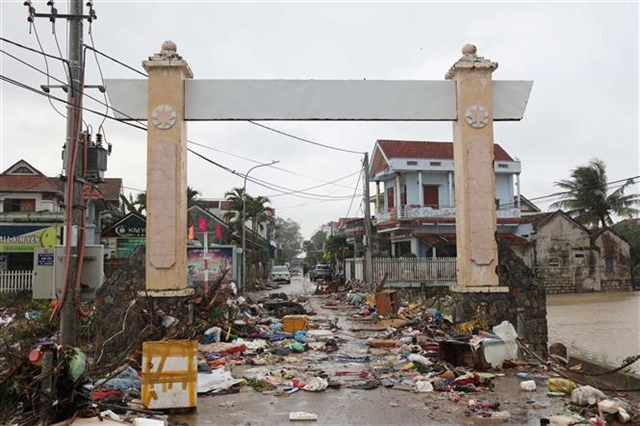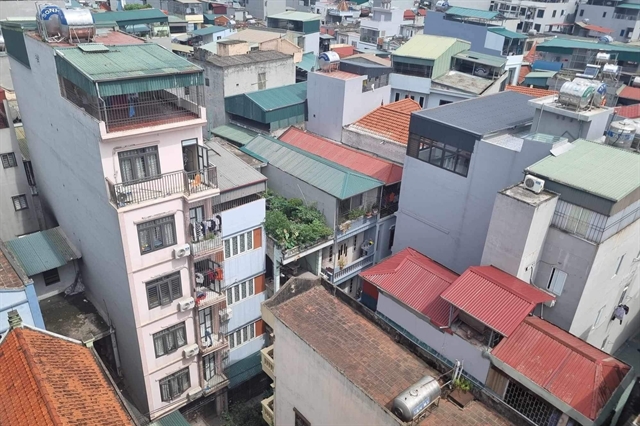 World
World
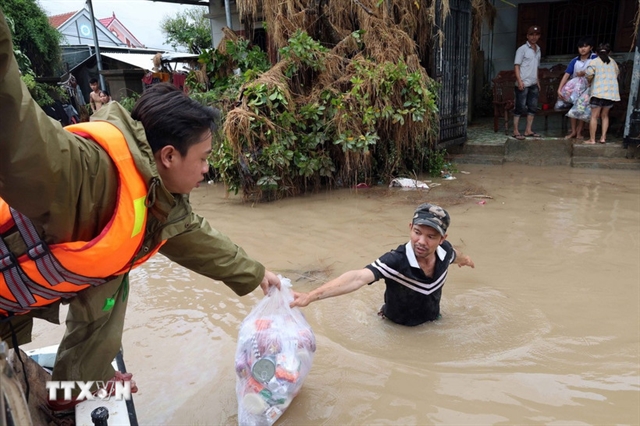
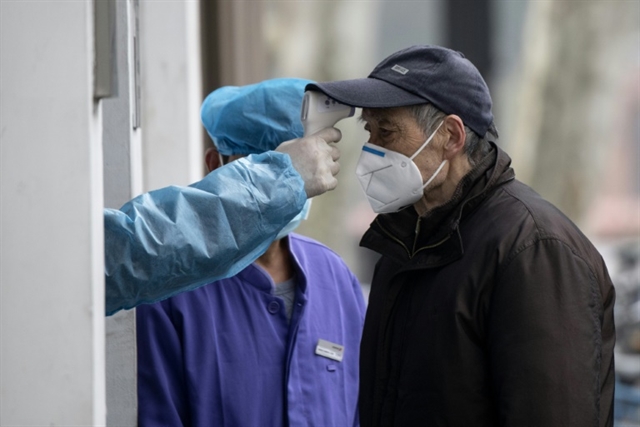
|
| An elderly man wearing a face mask has his temperature checked before entering a community hospital in Shanghai. — AFP Photo |
BEIJING — The death toll from China's coronavirus epidemic rose to 1,483 on Friday but the number of new infections in hard-hit Hubei province fell after a change in case definitions caused a massive increase the previous day.
The central province's health commission reported 116 more deaths and 4,823 new cases, the majority involving "clinically diagnosed" patients.
The province, the epicentre of the outbreak, had 242 more deaths and over 14,800 new cases on Thursday.
More than 64,600 people have now been infected in the country. Health officials in Hubei said they started to count clinically diagnosed cases to ensure that patients get treated as early as possible instead of having to wait for laboratory tests to confirm they have the COVID-19 disease.
But the change raised concerns that the crisis may be more serious than Chinese authorities have reported.
'Exhausted'
Tired and understaffed, medical workers have had to deal with thousands of new cases per week in Wuhan, the city at the epicentre of the outbreak that first emerged late last year.
Many doctors have had to see patients without proper masks or protective body suits, resorting to reusing the same equipment when they should be changed regularly.
Some have even worn diapers to avoid having to take off the equipment and make it last longer, according to a health official.
One doctor at a community clinic in Wuhan said he and at least 16 other colleagues were showing symptoms similar to the new virus, including lung infections and coughing.
"As doctors, we do not want to work while being a source of infection," he said, requesting anonymity for fear of reprisals.
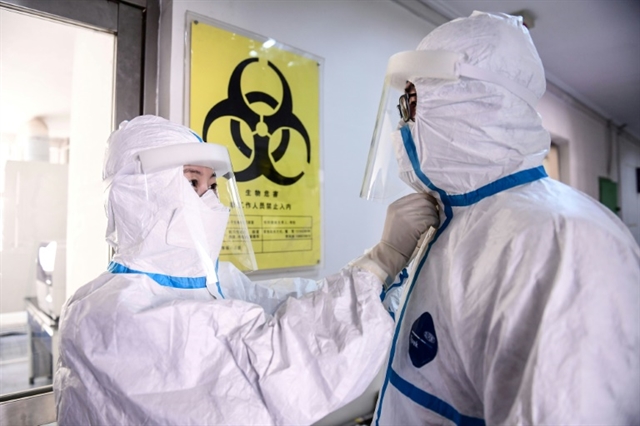
|
| A technician helps a colleague remove a protective suit after leaving a laboratory in Shenyang in China's northeastern Liaoning province. — AFP Photo |
But "right now, there is no one to replace you," the doctor explained, adding that all medical staff without a fever are expected to work.
"What would happen if there was no one working on the frontline?"
Some 44 per cent of the 42,600 cases nationwide -- and the majority of more than 1,100 deaths -- have been in Wuhan, home to a wild animal market where the virus is suspected of having originated before spreading between humans.
The risks medical staff are facing was highlighted on Friday after Li Wenliang, a whistleblowing doctor in Wuhan, succumbed to the disease more than a month after he first raised alarm about a new SARS-like virus in the city.
His death unleashed an outpouring of grief and anger on Chinese social media, with 10 academics in Wuhan circulating an open letter calling for political reform and freedom of speech.
The deputy mayor of Wuhan said on Friday the city faced a daily shortage of 56,000 N95 masks and 41,000 protective suits.
Medical staff in protective suits will "wear diapers, reduce how much water they drink, and reduce how many times they use the bathroom," said Jiao Yahui, a top official at China's National Health Commission.
Some of them will wear the same protective suit for six or even nine hours, when they should not be worn for more than four hours in a quarantined ward, she said last week.
"Of course, we don't advocate this method, but medical staff really have no alternative," she admitted.
The Chinese government has responded by mobilising the entire country to increase production of masks and suits.
As of Monday, three-quarters of mask and suit producers had resumed work following an extended Lunar New Year holiday, said Cong Liang, an official at China's top economic planner.
China has also imported more than 300 million masks and about 3.9 million articles of protective clothing since January 24, an official said last week.
The Red Cross Society of China too has received over 900 million yuan ($129 million) in donations for epidemic relief -- though it has drawn scrutiny for its lack of transparency and efficiency.
Handling the daily deluge of new cases takes another kind of toll too, said the doctor at the large hospital in Wuhan, whose colleagues are handling confirmed cases of virus patients. — AFP

